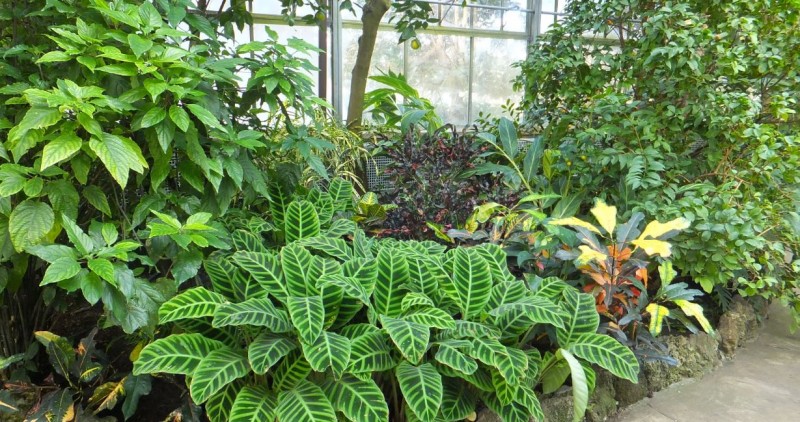
Our pets bring joy, companionship, and love into our lives. As responsible pet owners, it's crucial to ensure their safety and well-being. Unfortunately, some plants can pose serious risks to our furry companions. In this comprehensive guide, we'll delve into the 7 most dangerous plants for pets, ranging from the Sago Palm to the Lily. By being aware of these potential hazards, you can create a pet-friendly environment and keep your beloved animals out of harm's way.
The 7 Most Dangerous Plants for Pets, from Sago Palm to Lily
Pets are naturally curious creatures, often exploring their surroundings with enthusiasm. However, this curiosity can sometimes lead them to interact with plants that are toxic to them. Let's take a closer look at the 7 most dangerous plants for pets, understanding their risks and how to mitigate them.
Sago Palm: A Deceptive Danger
The Sago Palm, with its enticing appearance, is highly toxic to pets. Its seeds contain cycasin, a harmful compound that can cause liver failure in dogs and cats. Even a small ingestion can lead to severe health issues.
How to Protect Your Pet:
Lily: A Beautiful Threat
Lilies may adorn our gardens, but they spell danger for our feline friends. All parts of the Lily plant, including the petals and leaves, can be toxic to cats. Ingestion can lead to kidney failure, which is often fatal.
How to Protect Your Pet:
Oleander: Deadly Beauty
Oleander's vibrant blooms hide a deadly secret. This plant contains toxins called cardiac glycosides, which can severely affect the heart's function in both dogs and cats. Ingestion can lead to vomiting, tremors, and even death.
How to Protect Your Pet:
Azalea: A Threat to Canine Companions
The Azalea, known for its stunning flowers, can spell trouble for dogs. Ingesting even a small amount of this plant can lead to vomiting, diarrhea, and potential heart complications in dogs.
How to Protect Your Pet:
Autumn Crocus: Hidden Peril
The Autumn Crocus might seem harmless, but it's far from it. Ingesting any part of this plant can cause severe gastrointestinal distress, kidney and liver damage, and even multi-organ failure in pets.
How to Protect Your Pet:
Tulip: Beauty with Consequences
Tulips are beloved for their colorful blossoms, but their bulbs contain toxins that can harm pets. Ingestion can result in vomiting, diarrhea, and drooling, though severe cases can lead to cardiac abnormalities.
How to Protect Your Pet:
Dieffenbachia: Silent Menace
Dieffenbachia, also known as Dumb Cane, is a common household plant with dangerous consequences for pets. Ingestion can cause intense mouth irritation, excessive drooling, and difficulty swallowing.
How to Protect Your Pet:
Creating a safe environment for our pets requires vigilance and awareness of potential dangers, including toxic plants. By familiarizing yourself with the 7 most dangerous plants for pets, from the Sago Palm to the Lily, you're taking a vital step in safeguarding your furry companions. Remember, prevention is key. Choose pet-safe alternatives, educate yourself about hazardous plants, and consult a veterinarian if you suspect your pet has been exposed to toxic flora.
Embracing Holistic Wellness for Glowing Skin: A Complete Guide